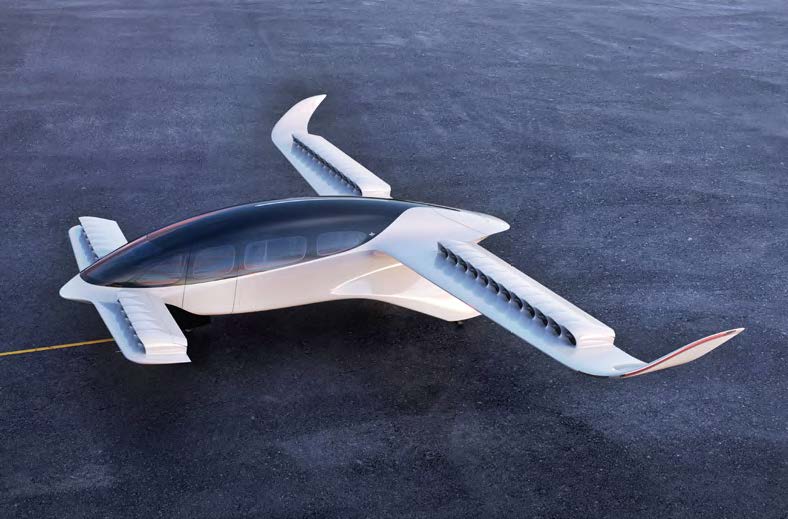
In recent years there have been an increasing number of novel technology concepts applying for EASA certification, such as Drones or Urban Air Mobility (UAM) vehicles.
During 2021 EASA published the results of a study on social acceptance of UAM in Europe
, concluding that noise is the second main concern after safety. The study also confirmed that UAM noise is perceived to be more annoying than other city sounds. To ensure a uniform high level of environmental protection, and to address the noise-related concerns expressed by EU citizens, EASA is developing dedicated noise certification standards that take into account the specific characteristics of these products.Although the use of electrical propulsion tends to reduce noise compared to conventional aircraft, multiple rotors can create a unique sound. As such, a system of measurement that properly accounts for the resulting annoyance is required, and to that end EASA is conducting extensive studies covering in-the- field testing and psychoacoustics.
In addition, Drones and UAM vehicles feature operational aspects that were not considered when existing aircraft noise standards were developed (e.g. operations close to densely populated areas, high performance climb and steep turn flight profiles due to no pilots or passengers being on board). Understanding how these vehicles are expected to fly, and what their typical missions will be, is also fundamental to developing appropriate noise certification standards
.UAM vehicles, such as Lilium, Volocopter and CityAirbus, could offer rapid point to point connectivity, such as between airports and suburban ‘city gates’ or between cities on a regional basis. A prototype modular vertiport test site, which can be scaled up depending on demand, is already being established by Groupe Aéroports de Paris with the objective of a first commercial flight by 2024. Flight test campaigns are due to start in 2022, during which mitigation measures to manage the noise impact from operations will be assessed in coordination with the local community.

